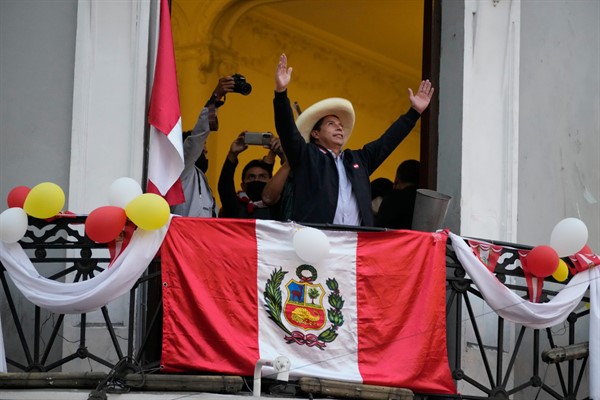Long before Peru’s latest presidential election, the country’s political climate was already turbulent and unstable. After last weekend’s vote, the sky looks even cloudier, with a strong chance of storms.
As Peruvians prepared to vote Sunday, their prospects already looked dim. A wild first-round ballot in April had included 18 candidates, none of whom even won 20 percent of the vote. The two polarizing political figures who made it into last weekend’s final round were appalling in the minds of most voters: the largely unknown Pedro Castillo, a hard-line leftist, schoolteacher and union activist; and the very well-known Keiko Fujimori, a far-right authoritarian, daughter of a deposed dictator and one of the country’s most disliked politicians.
Could things get any worse? As is often the case in Peru, the answer is yes.

